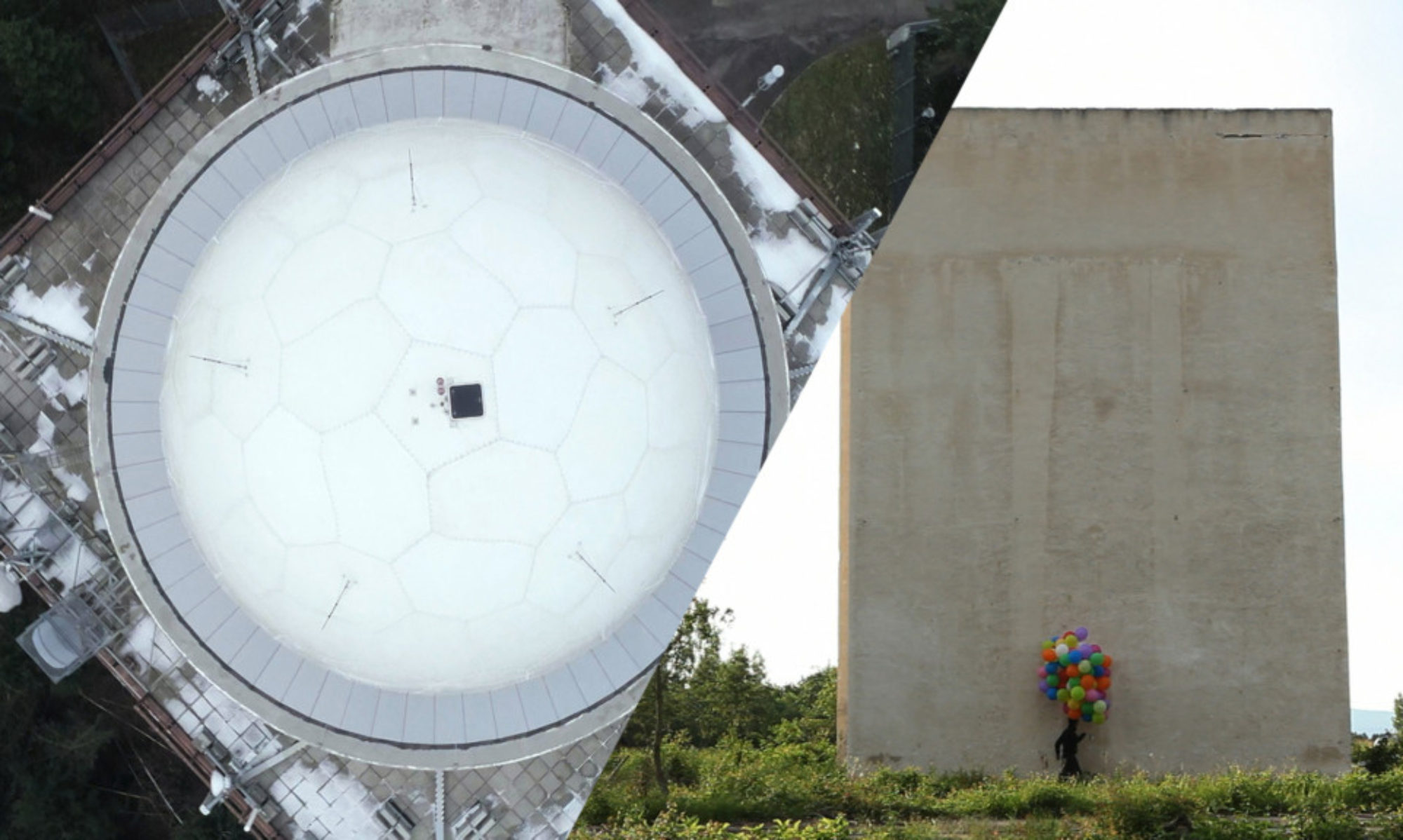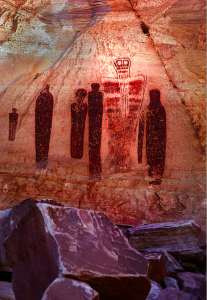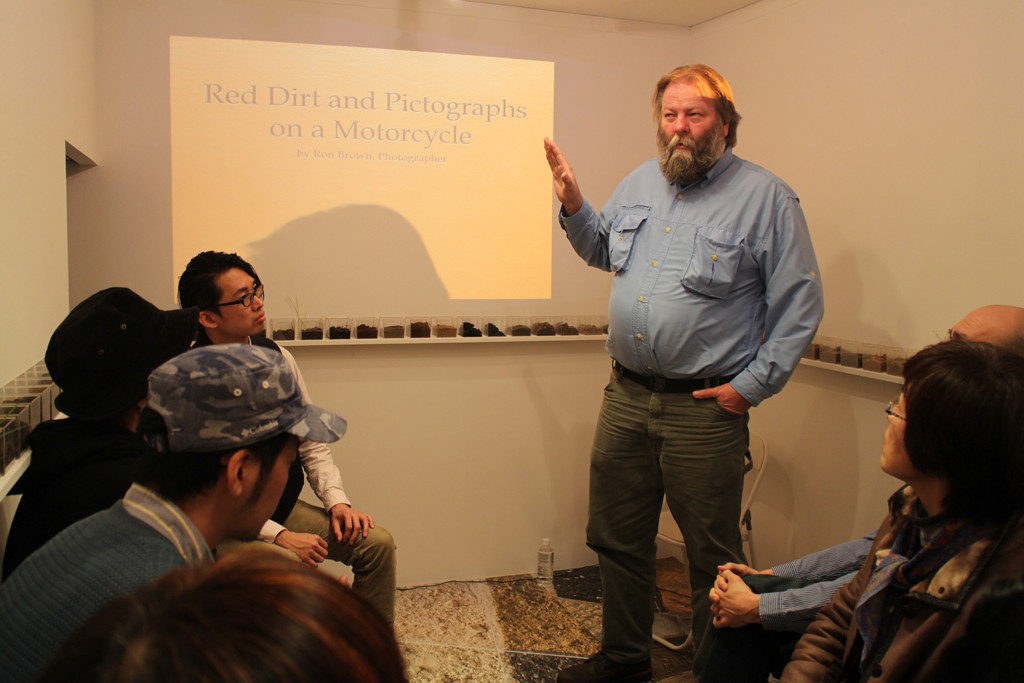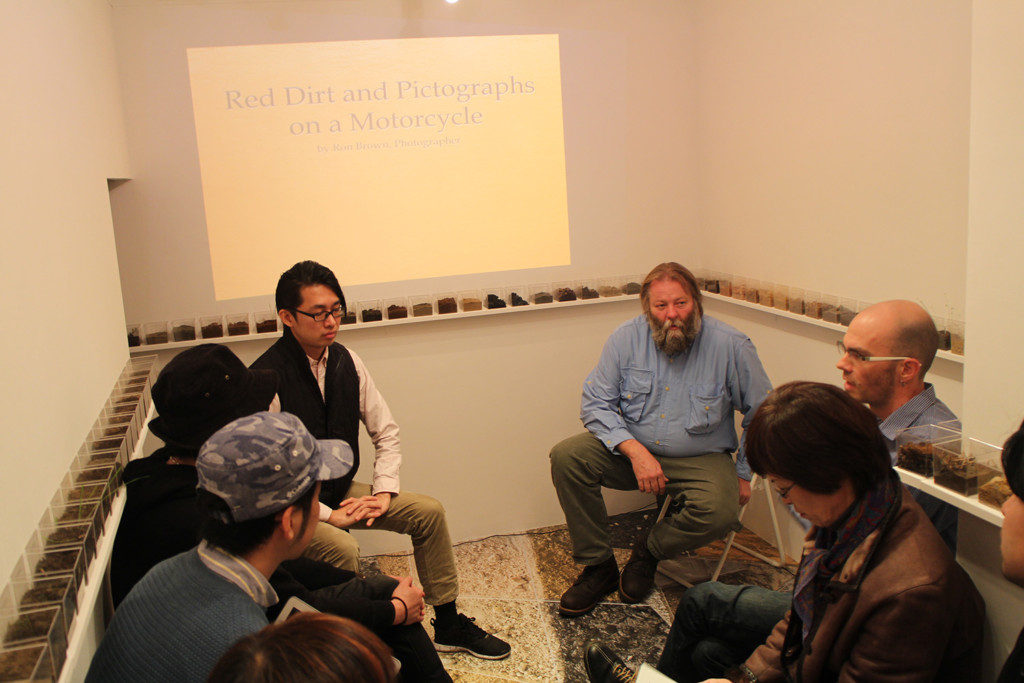“Red dirt and pictographs on a motorcycle”
@S.Y.P Art Sapce
English is bottom…
たくましい旅行者であり、プロの写真家であるロン・ブラウンは古代のメッセージを見つけるためのとても強い情熱の持ち主です。
現在アメリカ合衆国と呼ばれる南西部を古代ネイティブアメリカンが居住し横断した、紀元前4,000−9,000年にまでさかのぼる人類の存在を理解する一つの方法として先史時代の岩絵、ピクトグラフ(岩の上に描く手法)やペトログラフ(岩の表面を削る手法)を研究しています。
ユタ州のホースシュー・キャニオンに位置する一つの特に魅力的なギャラリー(岩絵の場所)は、フリーモントと伝来のプエブロ人より以前の狩猟採集民の遊牧民のグループである砂漠のアルカイック文化によって作られました。
その壁面はそれ自体61mの長さで4.6mの高さ、最大2.7mを超える高さの約20の等身大の人間の形が描かれています。
一般的にはとても魅力的な人型が表現された代表的な4分の3の岩絵と、一つの人間の頭部の形を現した岩絵のみが知られています。
このトークでは、写真家ロン・ブラウンの創造的な目を通して、バリアキャニオンスタイルの岩の最大かつ最も貴重なコレクションの一つとして「グレートギャラリー」について、世界土協会のメンバーと観客が一緒になって行われます。
As a rugged traveler, professional photographer Ron Brown has a passion for finding ancient messages off of the road. Prehistoric rock art, pictographs (painted onto) and petroglyphs (pecked into) will be discussed as one way to understand human presence as far back as 4,000-9,000 B.C. when Paleo-Native Americans inhabited land across the southwest of what is now called the United States. One particularly fascinating gallery located in the Horseshoe Canyon of Utah state was produced by the Desert Archaic culture, a nomadic group of hunter-gatherers predating the Fremont and Ancestral Puebloans. The panel itself measures about 61 meters long and 4.6m high, containing approximately twenty life-sized anthropomorphic images, the largest of which measures over 2.7m tall. Here stunning figures are depicted, one of which is represented in a three-quarter view, one of the only 3D anthropomorphic heads known today. This research talk will explore the “Great Gallery” as one of the largest and best preserved collections of Barrier Canyon Style rock through the creative eyes of photographer Ron Brown. A discussion together with the members of World Dirt Association and the audience will follow.



